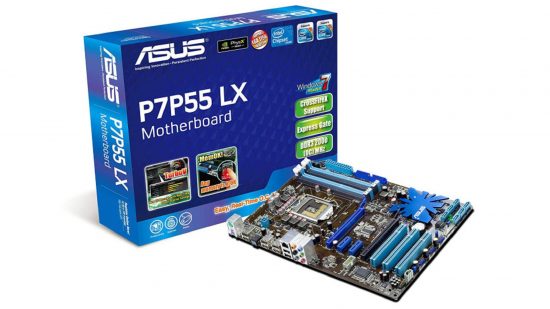The CPU was a first-generation Core i5-750 that I bought in 2010, along with an Asus P7P55 LX motherboard. The case was inherited from a previous build, a SilverStone Temjin TJ07 that I bought in 2007. It underwent two power supply upgrades in order to accommodate more demanding graphics cards. It was born a Windows 7 PC running off two hard drives, transitioning to Windows 10, with SSDs gradually replacing first the C drive then the data drive.
In 2012, I started naming devices on my home network after players who had joined Manchester United in that year, so the PC was named Shinji, after Shinji Kagawa, a promising young attacking midfielder from Japan, by way of Borussia Dortmund. The less said about him the better.
Shinji had the same optical drive for its entire lifespan, opened maybe three times in the past six years. Twice to check if there was actually anything in it; the third time to see if that old joke about cup holders might hold the key to making the drive useful.
The CPU got an upgraded cooler sometime around 2014 when it became apparent that a 2.6GHz clock speed wasn’t going to cut it anymore, and it was pushed to a stable 3.6GHz. It could still run at that speed today.
One of the case fans would sometimes strike an incredibly annoying off-pitch note, though, and even when it ran properly, the noise was like sharing a desk with a small helicopter.
Shinji seemed to suck in dust more effectively than any vacuum cleaner. It weighed so much that the process of weighing it seemed out of the question. I had resigned myself to the fact that I would beat this PC like a rented mule and when it finally gave up, I’d get a new one. But Shinji didn’t give up, not ever.
This lumpy, ugly, abused chunk of metal outlasted two console generations, and with a couple of upgrades, it might have traded body blows with whatever the Sony and Microsoft skunkworks served up next.
I didn’t build Shinji to last, but the people at Intel, Asus, SilverStone and so on certainly built their components to last.
My earliest gaming PCs fell by the wayside painfully, expensively and quickly. Usually they were simply overtaken in the hardware arms race. One of them was lost to a motherboard quietly expiring.
Another one was bricked by a power supply explosion, which managed to be far less exciting, although smellier than you might think. They tended to pick the worst time to go, with surviving components carrying on into later builds as long as they could find a spare slot.
The end for Shinji was different. I tried to play Assassin’s Creed: Odyssey, and it wouldn’t start up. I checked the system specs. I checked the forums. Rumours began about a specific CPU requirement, and the next day the system specs changed. The first generation of Core i5 processors couldn’t play the game, as they lacked AVX – Advanced Vertex Extensions.
Assassin’s Creed: Odyssey was just one game but no overclock was going to fix it. Shinji had become, like so many similar gaming PCs in recent years, an unintended up yours to a world of planned obsolescence and gaming generations. I thought I might be retiring my old machine too soon, but my new PC is so much better.
It’s a professional build, around half the size, almost completely silent and the CPU is twice as fast without breaking a sweat. The wiring is so neat, I presume it’s the work of elves. It’s exactly what a mid-range PC in the year 2019 should be, and I’m so glad I finally retired Shinji.
